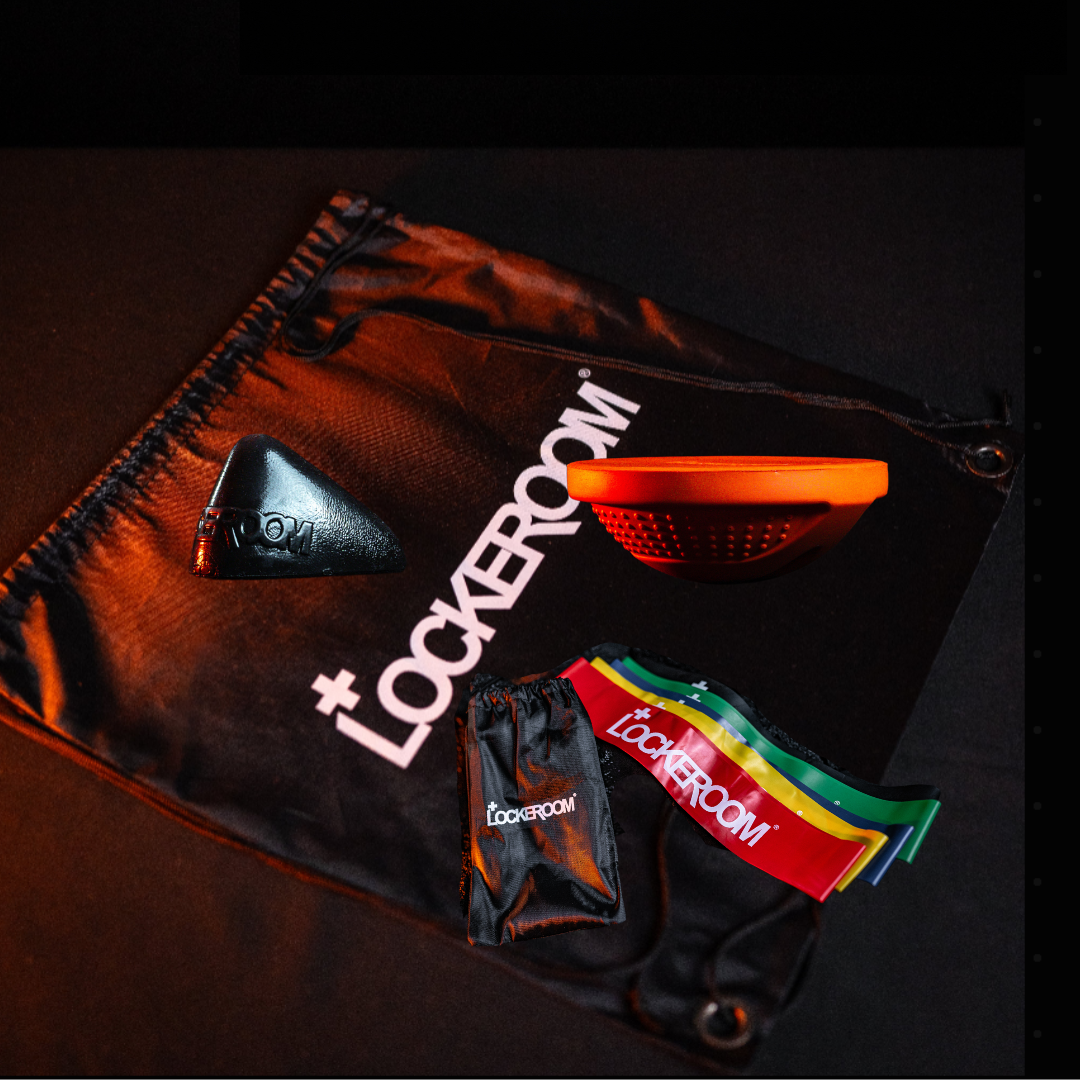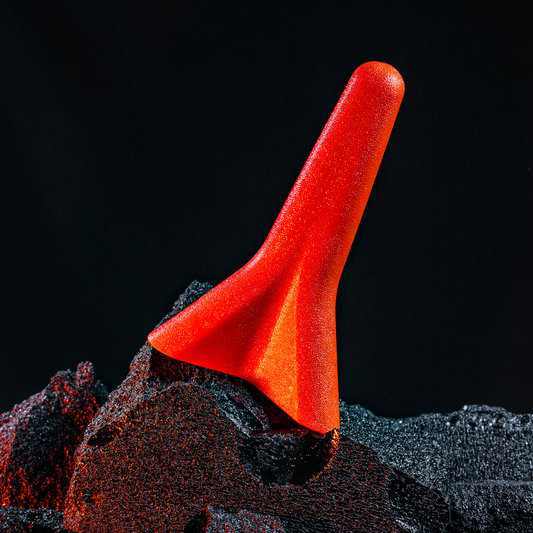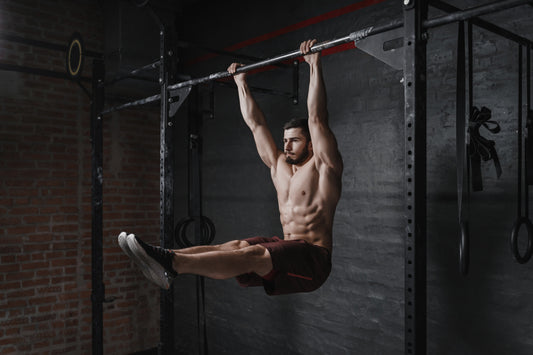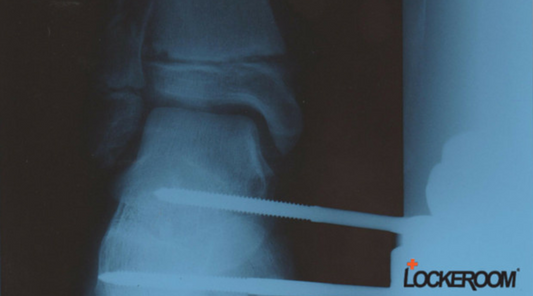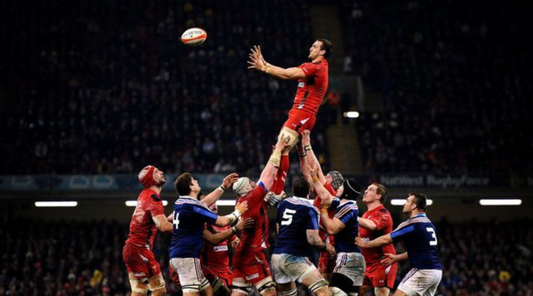
Q&A with Cam
Learn what might be behind your symptoms
How often would you treat gluteal muscles in the clinic?
Very Often!
The Gluteus Medius stabilizes the pelvis during standing and walking.
The posterior part of the muscle extends and externally rotates the hip. When both the anterior and posterior parts work together, they abduct the hip and stabilize the pelvis.
The Gluteus Medius is vital for walking, running, and single-leg weight-bearing activities. It prevents the opposite side of the pelvis from dropping when a limb is lifted off the ground.
By working to maintain the elevated position of the pelvis, it allows the opposite limb to swing forward for the next step. Additionally, the gluteus medius supports the pelvis during gait by assisting with hip rotation, in conjunction with the gluteus minimus and tensor fascia lata. During the stance phase, it also supports the hip on the same side.
Weak Glutes contribute to a number of secondary issues such as lower back pain. For this reason, people who present to the clinic with back, hip or knee problems will invariably need a Glute strengthening component to their rehab program.
I’ve got Tendinopathy in one of my glutes? How and why?
Overuse injuries of the Gluteus Medius commonly manifest as gluteus medius tendinopathy. This condition often arises from repeated strain, resulting in long periods of tendon weakness and stress.
It is frequently seen in individuals who are generally deconditioned—those who are overweight, have poor pelvic control, and engage in limited exercise while spending long periods standing, such as at work.
It can also affect those who suddenly increase their physical activity, like someone who starts a new walking or running regimen. Athletes in lower limb dominant sports are at risk of injury if they do not properly strengthen the Gluteus Medius.
Symptoms of glute med tendinopathy typically include localized pain in the buttock, which may radiate to the back or side of the leg, sometimes mimicking sciatica. Individuals with tight glute med muscles might also experience lower back pain, although this is just one contributor to the discomfort.
Weakness in the glute med is often observed in people who complain of lower back pain, indicating its crucial role in maintaining proper stance and support during weight-bearing activities.
How do I work Glute strengthening into my gym training?
Strengthening Glute Med is vital for everyone, as it plays a crucial role in maintaining pelvic stability and assists in preventing lower back pain.
Improving Glute function includes several key interventions:
- Use a trigger point release technique, such as Rocket or Pocket Physio Max, can help alleviate local discomfort
- Improve thoracic mobility with exercises using a Posture Pro or Posture Pro Dome
- Strengthen abdominals with a Posture Pro Dome
- Incorporate resistance exercises with Mini bands to improve Glute Med, Hip lateral rotator and Hip Extensor strength, before performing your heavy lifts
Additionally, enhancing flexibility in the hamstrings, glutes, and posterior chain with a Stretchband can further support recovery and prevent future issues.
Is it possible to tear a Glute muscle?
Trauma injuries to the Gluteus Medius include muscle tears, which, although relatively rare, can occur.
In the elderly population, degenerative tears of the Gluteus Medius are more common due to the natural weakening and deterioration of the muscle with age.







